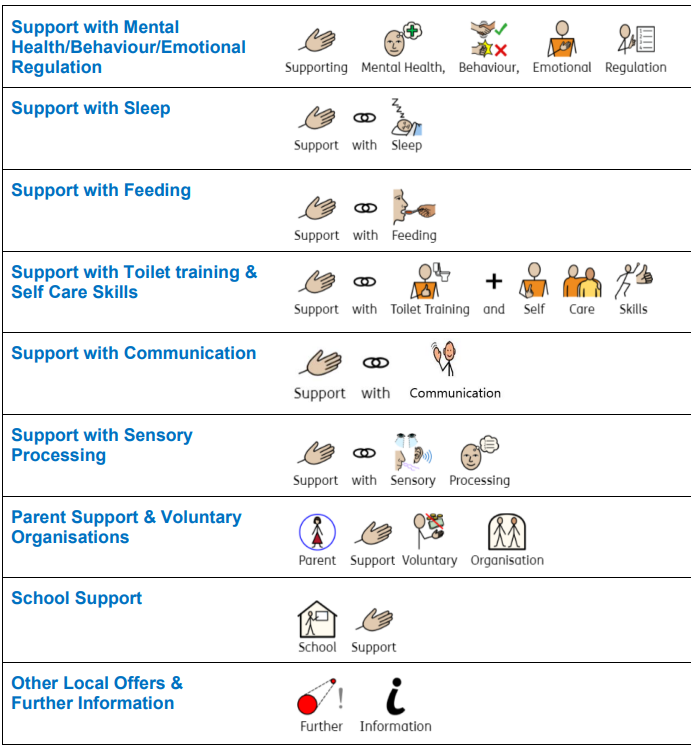Pathways to Autism Assessment for Children and Young People
Actions
If you suspect that your child/young person may be autistic, you may decide to have them formally assessed. This may result in them being given a diagnosis of autism.
There are multiple pathways for an autism assessment. These can be categorised as:
- Social Communication Disorder (SCD) Pathway
- Child and Adolescent Mental Health Service (CAMHS) Pathway
- Adult Autism Assessment & Diagnosis Pathway. This pathway is followed if a young person is aged 18 or over. Please click here for more information on assessment as an adult.
Social Communication Assessment Pathway
Most children and young people (aged under 18) who present with social communication differences will be referred, by their GP or other health or social care professional, to the Social Communication Assessment Pathway at their local Child Development Service.
Which Child Development Service your child is referred to depends on the location of your GP:
- GPs located in the north of the borough refer to the Woodfield Child Development Service.
- GPs located in the south of the borough refer to the Cheyne Child Development Service.
For details on the specific pathways at either service please see below:
Cheyne Child Development Service and Woodfield Child Development Service
Assessment involves diagnosis, support and intervention for children and young people with social communication differences. A multi-disciplinary team will seek to gain an understanding of your child’s strengths and differences across three areas: social interaction, social communication and social imagination. Following the assessment the child/ young person may or may not receive an autism diagnosis.
For more information please see the leaflet: Woodfield SC Assessment Pathway
For more information please see the leaflet: Cheyne Child Development Service
Child and Adolescent Mental Health Service (CAMHS) Pathway
The Child and Adolescent Mental Health Service (CAMHS) Pathway is a pathway to diagnosis for children and young people (aged 5-18 years).
To access this pathway, your child's GP (or any other health, education, or social care professional) needs to make a referral to CAMHS.
For more information please visit: Family Information Hub | Children and Adolescent Mental Health Service (CAMHS)
Support while waiting for assessment
This document provides helpful information, advice, and support to families while they are waiting for specialist services, assessments, or interventions. It includes practical resources, signposting to local activities, and guidance to help families feel supported and informed during this time. Our aim is to ensure that no family feels alone while waiting for the help they need.
